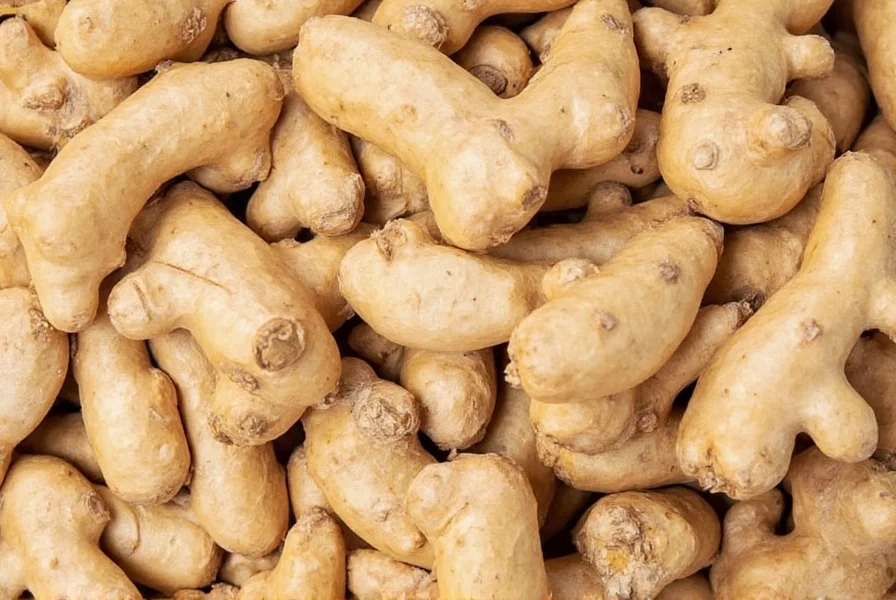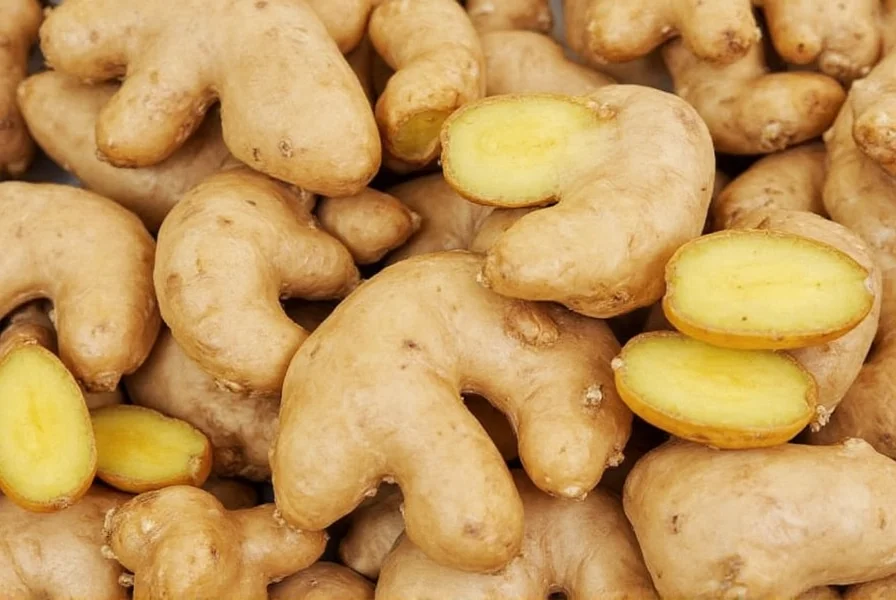Proper ginger storage preserves its zesty flavor and prevents waste. Whether you've bought a large root at the market or received a generous gift from a garden, knowing how to store fresh ginger root properly ensures you'll always have this versatile ingredient ready for cooking, baking, or making teas. Ginger's high moisture content makes it prone to drying out or molding if not stored correctly, but with the right techniques, you can extend its shelf life significantly.
Short-Term Ginger Storage (1-4 Weeks)
For immediate use within a month, refrigeration provides the ideal balance of temperature and humidity. The paper towel method works effectively because it absorbs excess moisture that would otherwise encourage mold growth while preventing the ginger from drying out.
When storing ginger in the refrigerator, never wash it first. Excess water accelerates spoilage. Simply place the unwashed ginger root in a resealable plastic bag with a dry paper towel. The paper towel will absorb any condensation that forms inside the bag. Store the bag in the vegetable crisper drawer, which maintains higher humidity than other refrigerator sections.
| Storage Method | Duration | Best For | Preparation Needed |
|---|---|---|---|
| Refrigerator (paper towel method) | 3-4 weeks | Daily cooking needs | None |
| Submerged in sherry or vodka | 1-2 months | Preserving flavor complexity | Peel and slice |
| Freezer (whole) | 6 months | Long-term storage | None |
| Freezer (grated) | 6 months | Convenience cooking | Grate before freezing |
Medium-Term Storage Solutions (1-2 Months)
For those who use ginger regularly but not weekly, storing ginger in alcohol provides excellent preservation while enhancing certain flavor compounds. This method works particularly well for culinary enthusiasts who appreciate ginger's nuanced taste profile. To implement this technique for how to keep ginger fresh in the refrigerator longer, peel and slice your ginger into thin pieces, then submerge it completely in dry sherry, vodka, or rice vinegar.
The alcohol creates an environment where bacteria and mold cannot thrive, while the ginger's essential oils slowly infuse the liquid, creating a flavorful cooking ingredient. Store the container in the refrigerator away from light. Check monthly for any signs of spoilage, though properly stored ginger in alcohol rarely spoils before you use it.

Long-Term Freezing Techniques (4-6 Months)
Freezing represents the best way to store fresh ginger long term without significant quality loss. Unlike many vegetables, ginger freezes exceptionally well due to its fibrous structure and essential oil content. You have two excellent options for freezing ginger:
Whole root freezing: Place unpeeled ginger directly in the freezer. When you need some, simply grate the frozen root using a microplane—the skin comes off easily during grating. This method preserves ginger's cellular structure better than cutting it before freezing.
Pre-grated freezing: Peel and grate your ginger, then portion it into tablespoon measurements on a parchment-lined baking sheet. Once frozen solid, transfer the portions to a freezer bag. This approach works perfectly for how to preserve ginger for cooking when you need precise measurements for recipes.
Identifying Spoiled Ginger
Knowing how to tell if ginger has gone bad prevents food waste and ensures culinary quality. Fresh ginger should feel firm and heavy for its size with smooth, taut skin. Discard ginger showing any of these signs:
- Mushy texture or soft spots that yield easily to pressure
- Visible mold in white, green, or black patches
- Darker coloration, especially grayish tones beneath the skin
- Foul or sour odor instead of the characteristic spicy aroma
- Deep wrinkles indicating significant moisture loss
Sprouted ginger remains safe to eat if the root feels firm and shows no other signs of spoilage. Simply cut off the sprout and use the remaining ginger as normal. The sprout itself has a milder flavor but can be used in teas.
Pro Tips for Maximum Freshness
When implementing proper ginger storage techniques, consider these professional tips:
- Buy ginger with smooth, taut skin and avoid roots with wrinkles or soft spots
- Store ginger away from strong-smelling foods as it can absorb odors
- For the water storage method, change the water every 2-3 days to prevent bacterial growth
- Label frozen ginger with dates to track storage duration
- Keep ginger away from direct sunlight which accelerates deterioration

Specialized Storage Methods
Chefs and food preservation enthusiasts sometimes use specialized techniques for unique applications. Storing ginger in simple syrup creates candied ginger that works beautifully in desserts and cocktails. For this method, combine equal parts sugar and water, bring to a simmer, add peeled ginger slices, and simmer until translucent. Store in the syrup in the refrigerator for up to 3 months.
Another professional technique involves burying ginger in dry, clean sand or sawdust, which maintains consistent humidity levels. This traditional method works well in cool, dark pantries but requires careful monitoring for moisture levels. While not practical for most home kitchens, it demonstrates how controlling the storage environment affects ginger's longevity.
Frequently Asked Questions
How long does fresh ginger last in the refrigerator using the paper towel method?
When stored properly in the refrigerator with a paper towel inside a resealable bag, fresh ginger typically remains good for 3-4 weeks. Check weekly for any signs of mold or soft spots, and replace the paper towel if it becomes damp.
Can you freeze fresh ginger root without peeling it first?
Yes, freezing ginger with the peel intact is actually recommended. The peel protects the inner flesh during freezing. When you need to use it, simply grate the frozen ginger—the peel will separate easily from the flesh during grating.
What's the best way to store cut ginger pieces?
For cut ginger pieces, place them in an airtight container with a small amount of water covering the bottom. Change the water every 2-3 days. This method keeps cut ginger fresh for about 1-2 weeks in the refrigerator. Alternatively, freeze cut pieces on a baking sheet before transferring to a freezer bag for longer storage.
Why does my stored ginger develop mold so quickly?
Mold typically develops when ginger is exposed to excess moisture. Always store ginger dry—never wash it before storage. Use a paper towel in the storage container to absorb condensation, and ensure your container is truly airtight. Refrigerator temperature fluctuations can also cause condensation, so store ginger in the most stable temperature zone of your refrigerator.










 浙公网安备
33010002000092号
浙公网安备
33010002000092号 浙B2-20120091-4
浙B2-20120091-4